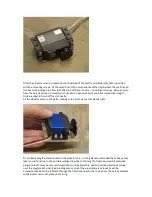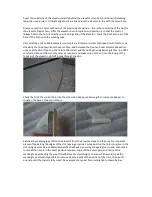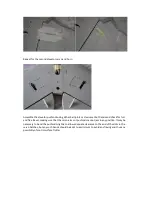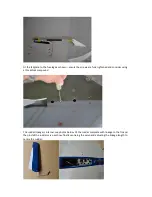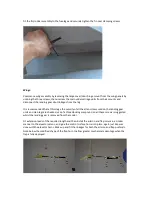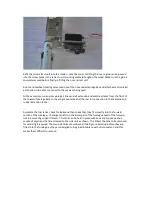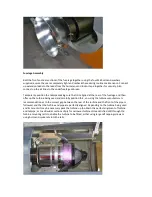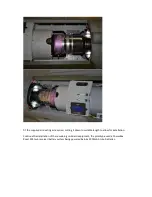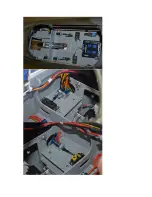
Fei Bao Hawker Hunter
Thank you for buying our large scale Hawker Hunter, which has been developed to be quick to
assemble and a pleasure to own and fly. The Hunter is a large, heavy and sophisticated model and as
such it is vital that great care and attention is taken during assembly to ensure a safe and reliable
airframe. You have invested a significant sum in your model so it is false economy to use any items
to complete the aircraft that are not of the quality required; this covers everything from adhesives,
through turbine, radio equipment and on-board power supplies etc. If at any point during the
assembly you are in any doubt about the next step to take please contact the dealer where you
purchased your Hunter – turbine powered models are not the place for guesswork!
It is highly recommended that you carefully inspect all parts of your Hunter before starting assembly,
if there appear to be any faulty parts or items missing please contact your dealer for
advice/replacement. If you have not built a large scale turbine model until now we suggest that you
find a local modeller who has and ask them to act as a mentor/second pair of eyes, to ensure the
model is assembled to the highest standards.
Be aware that depending on the turbine being used, the on-board radio equipment, batteries being
used etc that the model will probably weigh more than 20Kg without fuel, or 25 Kg with fuel, and
that certain countries have restrictions or procedures in place for models over these limits. If you are
unsure of the regulations in place in your country please contact your national modelling authority
for guidance.
When the model is ready to fly we strongly suggest finding a site with a long hard surface runway,
even if this means travelling some distance. Many models have been destroyed on their first flight
due to a take-off or landing incident on a short runway, often due to overshooting on the first
landing, when a turbine takes several seconds to accelerate from idle to full power. Having a long
runway available eliminates this risk and reduces the stress level on the pilot, allowing him to
concentrate more on flying the model. If you have never flown a highly loaded swept wing scale jet
please consider the option of getting a pilot that is experienced in this type of model to carry out the
first flight – this allows the model to be trimmed correctly before you take control.
Parts listing:
Forward Fuselage Section w/Canopy & Hatch
Rear Fuselage Section
Right Wing Panel w/Aileron & Flap
Left Wing Panel w/Aileron & Flap
Tailplane w/Elevators
Fin/Rudder
Intake Ducting
Fuel Tank Set
Control Accessories
Scale Small Parts
Optional Parts:



